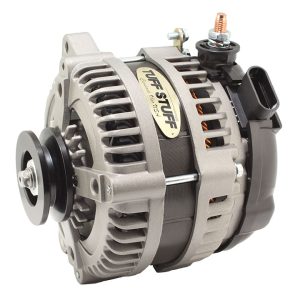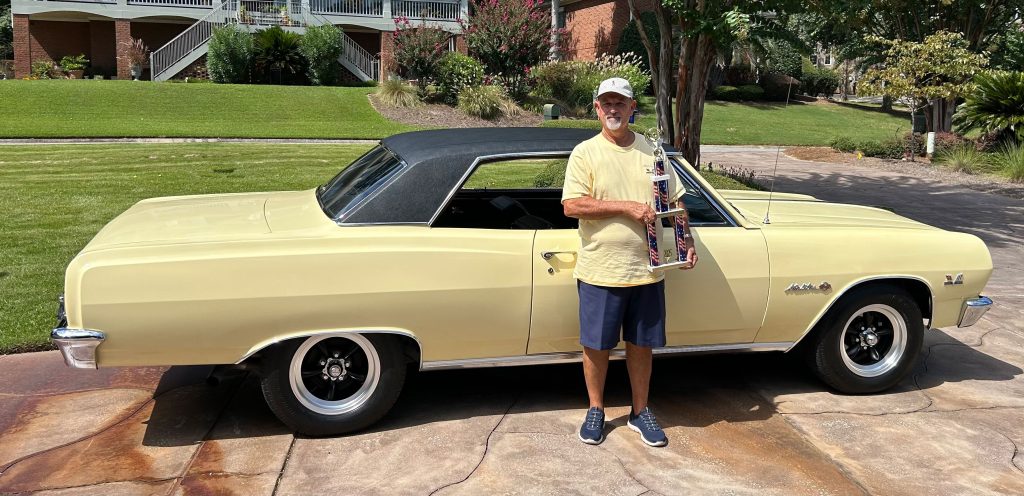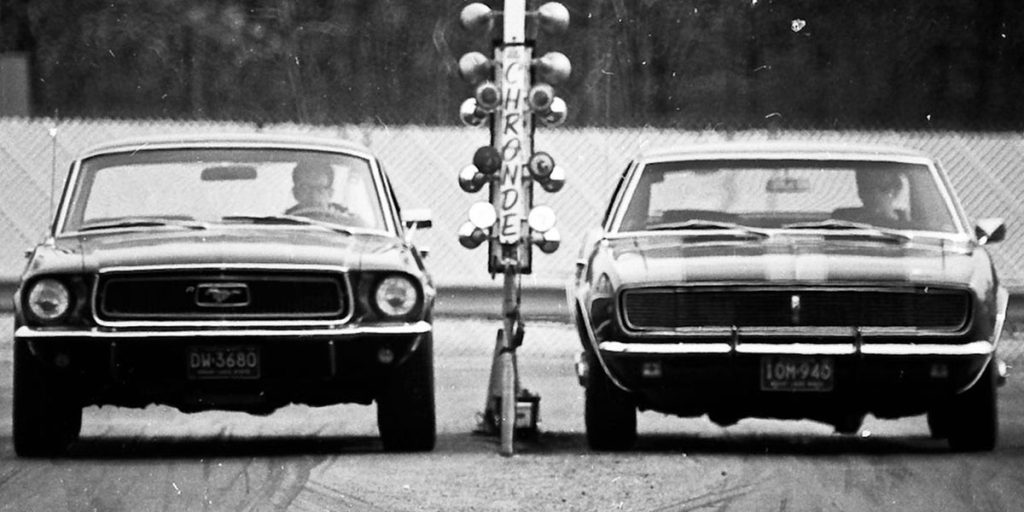When you pop the hood of a car—especially a classic—one component that often comes up is the charging system. Two key players in this system are the alternator and the generator. While they serve the same basic purpose—supplying electricity and charging the battery—they do it in very different ways. Is one better than the other? And why is that?
The Basics: What Do Alternators and Generators Do?
Both alternators and generators are designed to convert mechanical energy from the engine into electrical energy to power your vehicle’s electrical systems (lights, ignition, radio, etc.) and recharge the battery. However, they generate electricity differently—and their performance and efficiency reflect that.
AC vs DC in Alternators and Generators
Before getting too deep, let’s talk AC vs DC. AC is Alternating Current, where as the name implies, the electricity is going back and forth. While DC, or Direct Current, is where the electricity flows in one direction.
A generator creates AC in the coil, then uses a mechanical commutator to output DC. In simpler terms, inside a generator there is the wire bundle(coil) that spins inside a case lined with magnets.
An alternator creates AC where the magnets rotate inside a case that’s lined with wires(coils) then uses diodes to output DC.
To put this all together, AC is better than DC because it’s easier to make electricity(and lots of it) using spinning magnets.
Alternator Vs Generator Technical Differences
1. Type of Current Produced
Generator: Produces direct current (DC) directly or uses a commutator to convert AC to DC.
Alternator: Produces alternating current (AC), which is then converted to DC using a set of diodes called a rectifier.
Why it matters: Modern electrical systems and batteries work on DC, so both must ultimately provide DC power. However, alternators produce AC naturally and convert it, making them more efficient.
2. Construction & Components
Generator:
- Older design.
- Uses a rotating armature and stationary field windings.
- Has a commutator and brushes, which are prone to wear.
Alternator:
- Newer, more efficient design.
- Uses a rotating magnetic field (rotor) and stationary stator windings.
- Uses diodes for rectification and often includes an internal voltage regulator.
3. Output and Efficiency
Generator:
- Lower output, especially at low RPMs.
- Can’t handle high electrical demands well.
- Tends to overheat under heavy loads.
Alternator:
- Produces more power across a wide RPM range.
- Works efficiently even at idle speeds.
- Stays cooler thanks to internal fans and efficient design.
4. Durability and Maintenance
Generator:
- More moving parts (commutator, brushes).
- Requires regular maintenance.
- Less durable over time.
Alternator:
- Fewer wear parts.
- Low maintenance.
- Longer lifespan and reliability.
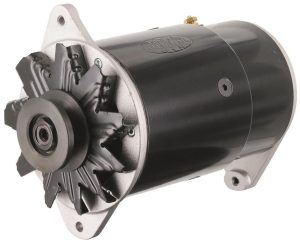
Breaking It Down: What This Means for the Average Driver
Classic Cars (Pre-1960s)
Most vehicles before the early 1960s came with generators. While they got the job done at the time, today’s driving demands—bright halogen lights, audio systems, power accessories—can quickly overwhelm an old generator.
That’s why many classic car owners upgrade to alternators for better performance, especially if the vehicle has been modernized with accessories like electric fans or air conditioning.
Modern Vehicles
All vehicles since the 1970s come with alternators. They’re reliable, efficient, and require little to no maintenance. Unless you’re restoring a vehicle to factory-original specs for show purposes, there’s rarely a reason to stick with a generator.
Why Would Someone Still Use a Generator?
Restoration Purists: People restoring vehicles to concours-level originality often stick with the stock generator for authenticity.
Low Electrical Demands: If the car only runs basic systems and is driven sparingly, a generator can still be functional.
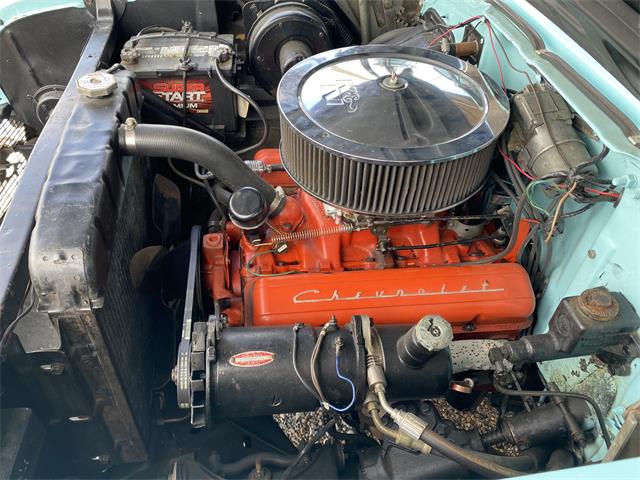
Quick Comparison Chart
| Feature | Generator | Alternator |
|---|---|---|
| Type of Current | Direct Current (DC) | Alternating (converted to DC) |
| Output Efficiency | Lower, especially at idle | High, even at low RPM |
| Durability | Lower (wear-prone parts) | Higher (fewer moving parts) |
| Maintenance | Requires more upkeep | Low maintenance |
| Common In | Vehicles pre-1960s | Vehicles post-1970s |
| Upgrade Recommended? | Yes, for modern use | Already optimal |
Alternator vs. Generator—What’s Right for You?
If you’re building or maintaining a classic vehicle, choosing between a generator and alternator comes down to usage and preference. For show-car originality, a generator may make sense. But for reliability, performance, and the ability to run modern accessories, an alternator is the clear winner.
Bottom line: The alternator is a product of technological evolution, and in most situations, it’s the smarter choice—offering more power, greater reliability, and less hassle under the hood.
If you need an alternator or any other wiring for your classic Chevrolet, hop on SS396.com or give our friendly techs a call at (203) 235-1200!

